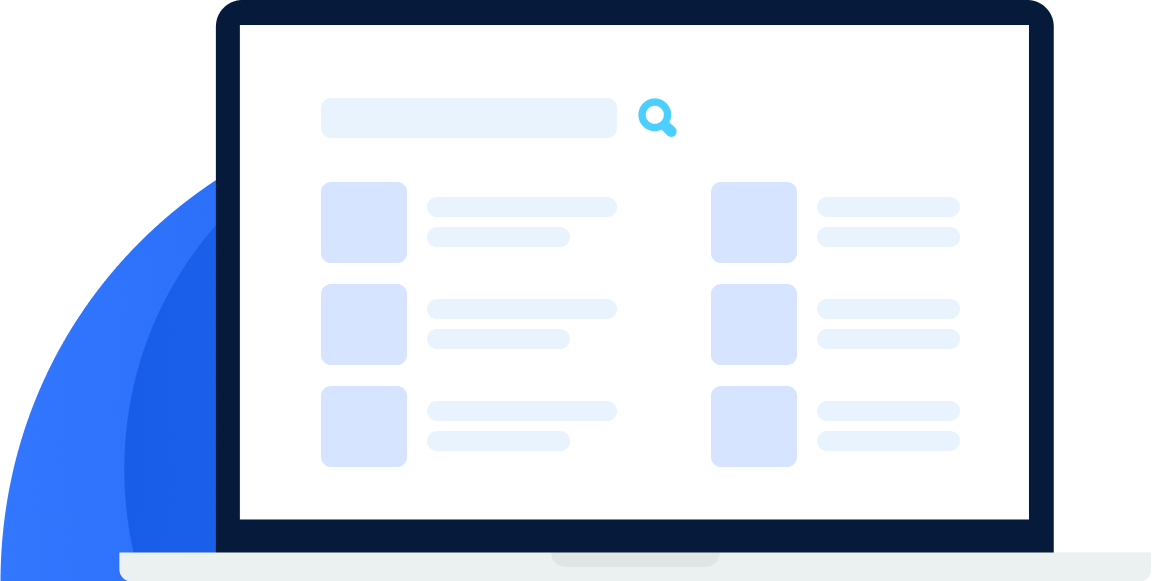What is OCR?
OCR (Optical Character Recognition) is the technology that converts text images into a machine-readable format. OCR software collects data from pictures, scanned pages, and pdf files and converts it into text that computers can understand.
OCR, also known as text recognition, scans images and translates them to text using a mix of hardware, such as an optical scanner, and sophisticated processing software, like Artificial Intelligence (AI). (ICR) Intelligent Character Recognition can translate even different handwriting types into printed text.
Prior to the development of OCR technology, printed texts had to be manually retyped for digital formatting, which took time and was prone to inaccuracies and typing mistakes. OCR was accessible in a cloud computing environment in the early 2000s, but today OCR can be performed using a smartphone’s camera.
What are the steps involved in OCR?
When using OCR to extract data from image documents, there are a few common processes that vary depending on the OCR software provider. The document is first physically scanned with a scanner (generally a smartphone). It’s crucial to note that for a successful scan, the document must be properly aligned.
The software cleans up the document’s text components in the next preprocessing stage, removing any errors and leaving only plain text behind. The next step is to identify the text’s characters. This is accomplished by separating each distinct character into its component parts—its curves and corners.
Once the characters have been identified, the OCR software must recognize each individual character. Since it’s the most difficult step, it’s also the one that sets different OCR applications apart. Some software determines the closest match by comparing the pixels of each character to those in its database. Handwritten characters, however, require a more complex OCR program.
Modern OCR tools detect characters based on their unique patterns, and some even do so using background information. Some OCR programs use internal dictionaries to validate and cut down on errors after character recognition. After that, a fully digitalized text is created, which can be used for any purpose.
What are the benefits of using OCR?
A significant benefit of adopting OCR is increased customer satisfaction as a result of the fewer actions customers must complete while submitting information, as well as the speed with which OCR reads and processes data.
- Greater accuracy
- Automates workflow
- Reduction in costs
- Optimizes time requirements
- Security of data
- Greater storage space
- Ease of data accessibility
- Editability of documents
How does uqudo’s OCR work?
uqudo’s full-fledged OCR process consists of the following steps;
- The image obtained from a user’s identity document through AI document scanning is pre-processed to enhance quality.
- The document image is analysed, which involves defining the areas for text recognition.
- The recognised text is aligned and converted into different shades of black and white to differentiate it from the rest of the background.
- The characters are identified and then cross-checked to ensure higher accuracy.
- The extracted characters are converted to a digital text file which is then used for identity verification purposes.
uqudo’s advanced OCR can read and extract data from various types of documents in PDF, image or paper formats including;
- Passports
- National IDs
- Driving Licenses
- Invoices
- Bank statements
- Insurance papers
- Receipts
- Business cards
- Emails
To learn more about OCR and how it can be used in your company’s identity verification system, get in touch with us.

